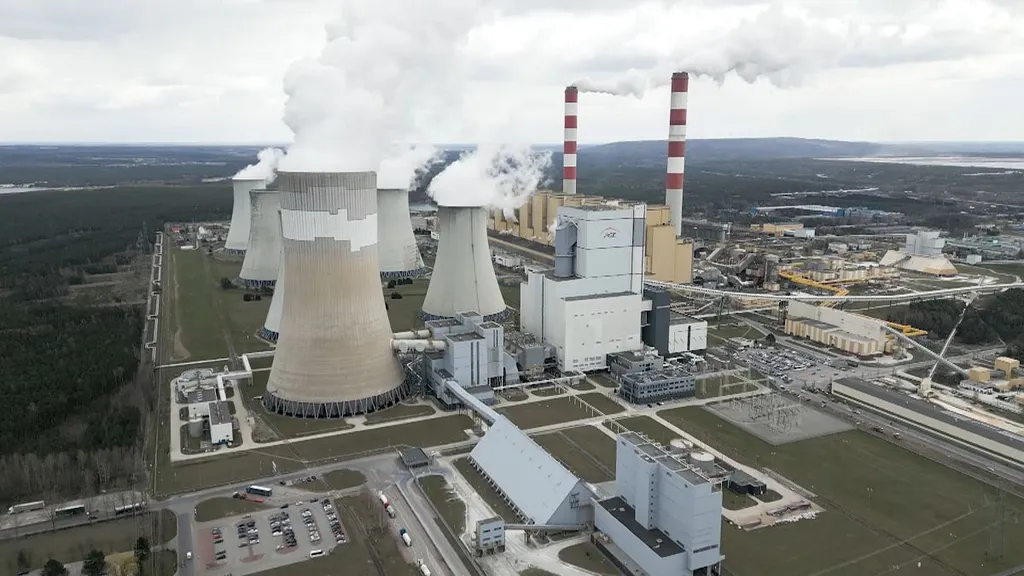In a groundbreaking development poised to revolutionize the energy sector, researchers have unveiled promising results from experimental studies of functional intermetallic compounds, specifically Cu-Al-Mn alloys. This research, led by Kozyrskyi V. from the “ALOTEK Technology” company in Poland, focuses on harnessing the unique thermomechanical properties of these materials to create efficient heat engines for electrical power generation.
The study, published in the journal “Problems of the Regional Energetics” (translated from Russian as “Issues in Regional Energy”), delves into the thermomechanical characteristics and reactive force generation patterns of elements made from these intermetallic compounds. The findings are nothing short of transformative for the energy industry, particularly in the realm of low-potential thermal energy sources.
“Our research has demonstrated that samples of these intermetallic compounds can restore their initial shape in just 0.15 seconds when heated to temperatures between +90 and +100 °C,” explained Kozyrskyi. This rapid shape memory effect is a game-changer, as it enables the development of highly efficient heat engines that can operate with secondary heat energy from various sources, including technological cycles, water reservoirs of thermal and nuclear power plants, and other thermal sources.
One of the most significant outcomes of this research is the determination of the specific indicator of reactive force generation relative to the unit mass of thermosensitive elements, which stands at an impressive 0.97 W/g. This metric is crucial for understanding the potential power output and efficiency of heat engines based on these materials.
The implications of this research are vast. By utilizing low-potential thermal energy sources that are often overlooked or underutilized, these heat engines could significantly enhance the overall efficiency of power generation plants. This not only promises substantial energy savings but also contributes to a more sustainable and environmentally friendly energy sector.
“The results of our experimental studies and the established patterns will serve as the foundation for creating a heat engine and, subsequently, an electrical installation for generating electrical energy,” Kozyrskyi added. This development could pave the way for innovative energy solutions that leverage the unique properties of functional intermetallic compounds, potentially reshaping the future of power generation.
As the energy sector continues to evolve, the integration of advanced materials like Cu-Al-Mn intermetallic compounds could play a pivotal role in meeting the growing demand for efficient and sustainable energy solutions. The research conducted by Kozyrskyi and his team represents a significant step forward in this direction, offering a glimpse into the future of energy technology.

